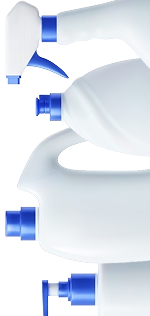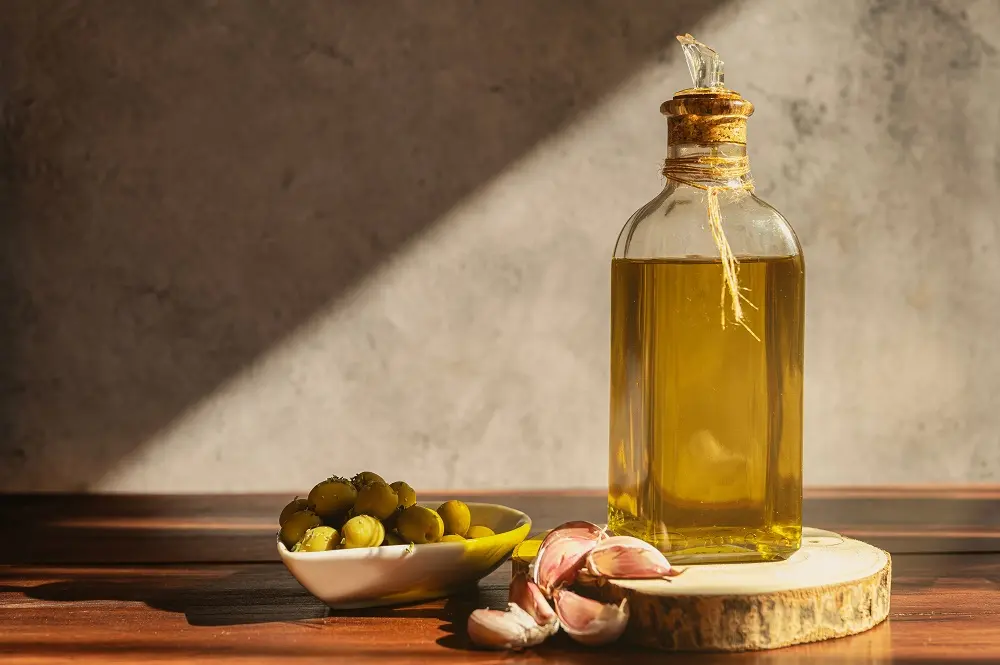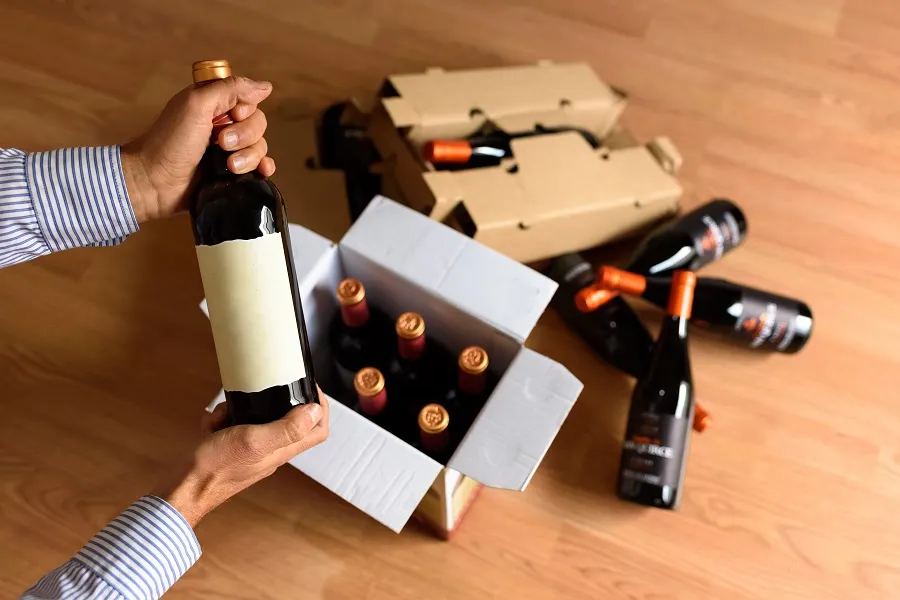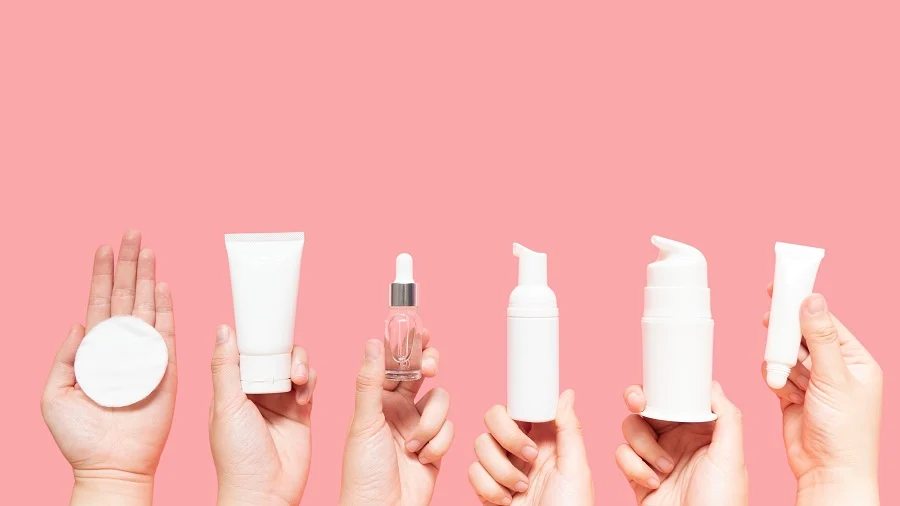A 2025 Guide to Labeling Costs: Plastic Bottles & Glass Jars
- ByRobert "Rob" Starmann
- June 27, 2025
Sticker shock when pricing custom labels for your bottles and jars is a common headache for US businesses. The seemingly simple question of "How much will labeling cost?" quickly becomes a complex equation involving materials, printing, application, and more.
Ashland Container has over 50 years of packaging expertise in pressure-sensitive labeling. That's why we've created this guide to decode labeling costs. We empower you with the knowledge to budget effectively, leveraging our deep industry insights to help you make informed packaging decisions that boost your brand without breaking the bank. As always, we’re focused on providing the best services and materials available.
Need help with labeling costs? Schedule a free consultation with our professional team today!
General Labeling Costs for Packaging Plastic & Glass Containers
Navigating label costs for bottles and jars can be complex. In this blog, we’ll help demystify the pricing landscape for plastic and glass containers in the US. From basic paper labels to premium direct printing, you’ll discover typical cost ranges to inform your packaging decisions.
Please be advised: The pricing data presented in this blog is an approximate market overview. Order volume, design complexity, materials, and location significantly impact costs. Call Ashland Container now at 847-670-1125 for a tailored quote that considers your specific project!
Plastic Containers: A Range of Affordability
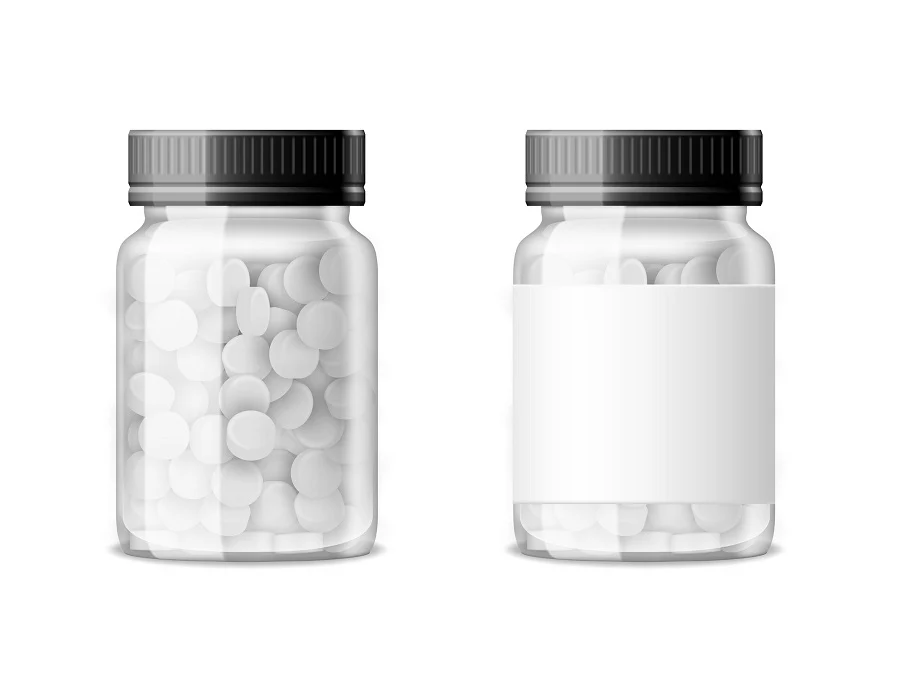
Labeling plastic containers generally offers a wider range of cost options due to the variety of plastic materials and printing techniques that can be used.
Direct Printing
For basic, one-color designs directly printed onto the plastic container (e.g., screen printing or pad printing), costs can range from $0.10 to $0.50 per container, depending on the size and complexity of the design and the overall production volume.
Pressure-Sensitive Labels (Paper)
One of the most affordable options is standard paper labels with pressure-sensitive adhesive. Depending on the size, shape, and number of colors used, the cost typically ranges from $0.05 to $0.20 per label.
Pressure-Sensitive Labels (Film)
Film-based options like BOPP (Biaxially Oriented Polypropylene) or vinyl are common for more durable and visually appealing labels. These labels generally cost between $0.15 and $0.40 per label, a price that reflects their enhanced performance and aesthetics.
Shrink Sleeve Labels
Shrink-sleeve labels are a popular choice for full-body coverage and impactful branding. Depending on the complexity of the design and the container's shape, these labels can cost between $0.25 and $0.75 per container.
In-Mold Labeling (IML)
When the label is integrated into the container during the manufacturing process, IML offers exceptional durability and visual integration. However, it also carries a higher upfront cost as it often requires specialized equipment and larger production volumes. The price varies depending on the size of the mold and the complexity of the design.
Glass Containers: Premium Appearance at a Premium Cost
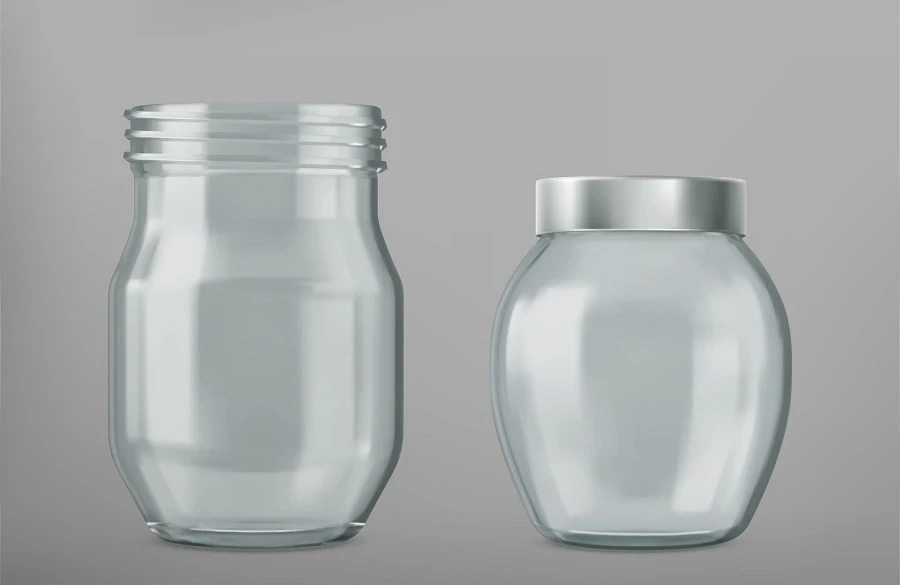
Labeling glass containers tends to be slightly more expensive than labeling plastic, primarily because the latter requires high-quality materials and printing techniques to match the container’s premium aesthetic.
Pressure-Sensitive Labels (Paper)
While paper labels can be used on glass, they are less common due to their lower durability and less premium appearance. Costs are similar to plastic containers, ranging from $0.05 to $0.20 per label, but these labels may need specialized adhesives for optimal adhesion to glass surfaces.
Pressure-Sensitive Labels (Film)
Film-based labels are a popular choice for glass containers because of their clarity, durability, and resistance to moisture. Costs typically range from $0.20 to $0.50 per label, depending on the material and printing complexity.
Cut and Stack Labels (Wet Glue Applied)
Typically used on higher-volume products, these labels are one of the most economical options and generally cost $0.03 to $0.10.
Screen Printing (Direct)
Direct screen printing onto glass offers a permanent and high-end look. However, this high-end look is one of the more expensive options, with costs ranging from $0.50 to $1.50 per container. The exact price depends on the number of colors and the design’s complexity.
Clear Labels (No-Label Look)
Achieving the popular "no-label look" requires high-quality clear film labels and precise application. These labels typically cost between $0.30 and $0.60 per label, which reflects the need for premium materials and printing techniques.
We’ve put together a comparative table that summarizes the general labeling costs for plastic and glass containers in the US. Remember that these are estimated ranges and actual costs will vary.
How Container Material Impacts Label Costs
Your container’s material is a foundational factor influencing your overall labeling costs. Different materials have unique challenges and require specific label constructions, adhesives, and printing considerations.
This means that the right label is important for both aesthetic appeal and long-term performance. Understanding these nuances allows you to make informed decisions that optimize your budget and create effective packaging.
- Plastic: Polyethylene and polypropylene have low surface energies, which makes it difficult for labels to adhere properly. Specialized adhesives, such as those with aggressive tack or those formulated for low-surface-energy plastics, are often needed. Additionally, some plastics may need surface treatments to improve adhesion, which raises the overall labeling cost.
- Glass: Clear film labels with high clarity and minimal adhesive bleed are often used, and these tend to be more expensive than standard paper labels. Glass containers can also be subject to condensation, so moisture-resistant label materials and adhesives are important. The shape of the glass container can also require the use of flexible label materials that conform well without wrinkling or bubbling.
- Metal: Labeling cans or tins requires durable label materials and adhesives that can withstand potentially harsh conditions, including exposure to heat, moisture, and chemicals. Metal surfaces can also be prone to corrosion, so choose labeled materials to prevent or minimize any potential interaction with the metal. Often, metal containers require labels with strong, permanent adhesives to prevent them from peeling or lifting over time.
- Unique surfaces: Labeling containers with textured, curved, or irregular shapes can be challenging and often requires the use of specialized label materials and application techniques. For example, flexible label materials that can conform to complex surfaces without wrinkling or bubbling are essential. The shape of the label itself may also need to be customized to fit the container properly, which requires specialized die-cutting processes.
Key Label Features That Increase Costs
Beyond the container material, specific label features can significantly impact your overall costs. The better you understand which features drive up expenses, the easier it is to determine when those features are worth the investment. This makes smart budgeting and effective brand communication that much easier. Below, we explore key features and provide insights to help you find the right balance between cost and performance.
Material Choice: From Paper to Premium Films
The label material will directly impact cost. Paper labels are the most affordable option but offer limited durability and moisture resistance.
Premium film labels like BOPP, vinyl, or polyester provide enhanced durability, water resistance, and visual appeal, but come at a higher price.
When it's worth it: If your product is exposed to moisture, chemicals, or abrasion, or if you require a high-end look, investing in premium film labels is often justified. Also, for an increased lifespan on the packaging or product, the film may be a worthwhile investment.
Adhesives: Matching the Adhesive to the Container Surface
Standard permanent adhesives are cost-effective for most applications. However, specialized adhesives, such as those designed for low-surface-energy plastics, freezer-grade applications, or repositionable labels, can drive up costs.
When it's worth it: If you're labeling difficult-to-adhere surfaces, need labels to withstand extreme temperatures, or need labels that can be easily removed without leaving residue, the added cost of specialized adhesives is a worthwhile investment.
Finishes: Enhancing Visual Appeal and Protection
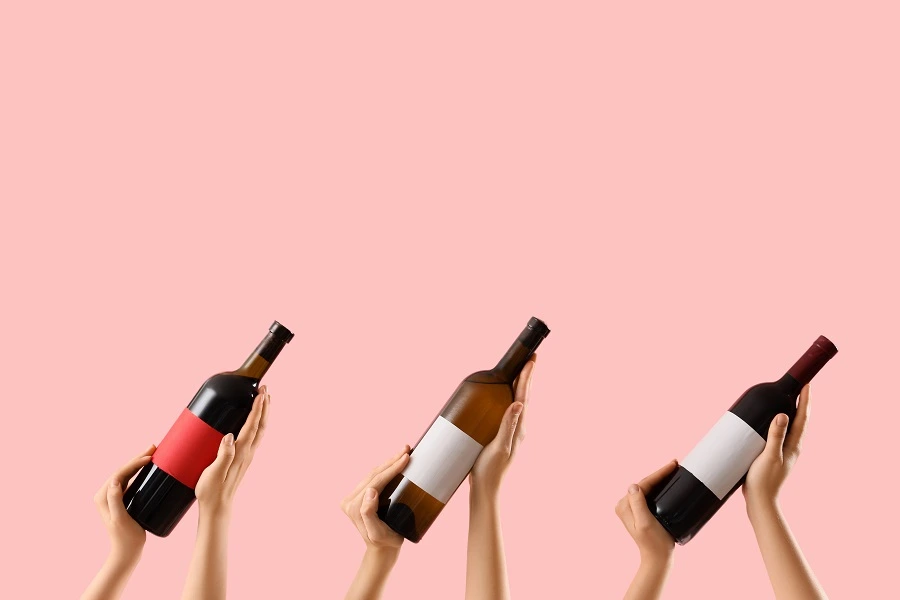
Adding finishes like laminations, varnishes, or UV coatings enhances visual appeal and protects against abrasion, moisture, and UV light.
However, these finishes add to the overall cost. Laminations are generally more expensive than varnishes.
When it's worth it: If you want to create a premium look, protect your labels from wear and tear, or extend their lifespan, finishes can be a worthwhile investment. Consider the environmental factors your product faces.
Shapes and Sizes: Balancing Aesthetics and Functionality
Standard rectangular or square labels are the most cost-effective option. Custom shapes require specialized die-cutting processes, which add to the overall cost. Larger labels also require more material, which makes them even more expensive.
When it's worth it: If a unique shape is essential for your brand identity or if a larger label is needed to convey important product information, the added cost may be justified. To minimize waste, be sure to plan your design efficiently.
Carefully weigh the costs and benefits of each label feature to create packaging that effectively communicates your brand message, protects your product, and aligns with your budget. Sometimes, investing in premium features is needed to achieve your desired results. In other cases, simpler and more cost-effective options may suffice. We encourage you to consult with a label expert to ensure your packaging goals are met.
Ashland Container’s Practical Tips for Controlling Label Costs
Controlling label costs doesn't mean sacrificing quality or aesthetics. By implementing smart strategies and making informed decisions, you can effectively manage your labeling expenses without compromising your brand identity or product appeal.
Here are some practical tips for optimizing your label design, planning your labeling process, and sourcing strategically to achieve cost-effective results.
- Simplify your design: Reduce colors, choose standard shapes, and avoid complex graphics for cost-effective labels. A clean design can be just as effective as it prioritizes clear communication and essential information.
- Optimize application method: For small batches, the manual application works well. However, for larger volumes, automate labeling to reduce labor costs and improve efficiency. This is a smart choice that saves money.
- Source strategically: Shop around and don't settle for the first quote. Compare reputation, quality, service, and turnaround times. A reliable label supplier can provide long-term savings and high-quality services for your products.
We encourage you to implement these practical tips to effectively control your label costs across container types without compromising the quality or impact of your packaging. Smart planning, strategic sourcing, and a focus on simplicity can lead to significant cost savings and a more efficient labeling process.
Get a Custom Label Quote!
Eliminate the guesswork. Contact Ashland Container for a personalized quote and expert guidance on creating cost-effective, high-impact labels for your bottles and jars.
Navigating the World of Labeling Costs with Confidence
Controlling label costs for bottles and jars is a multifaceted challenge with many factors to consider. However, by prioritizing simplicity, strategic sourcing, and efficient application, you can optimize your packaging budget.
No matter where you are in the process, from initial design concepts to final label application, Ashland Container offers comprehensive support to help you achieve your goals. Get in touch with our experts to see how we can help you navigate any complexities and find the ideal packaging and labeling solutions.

